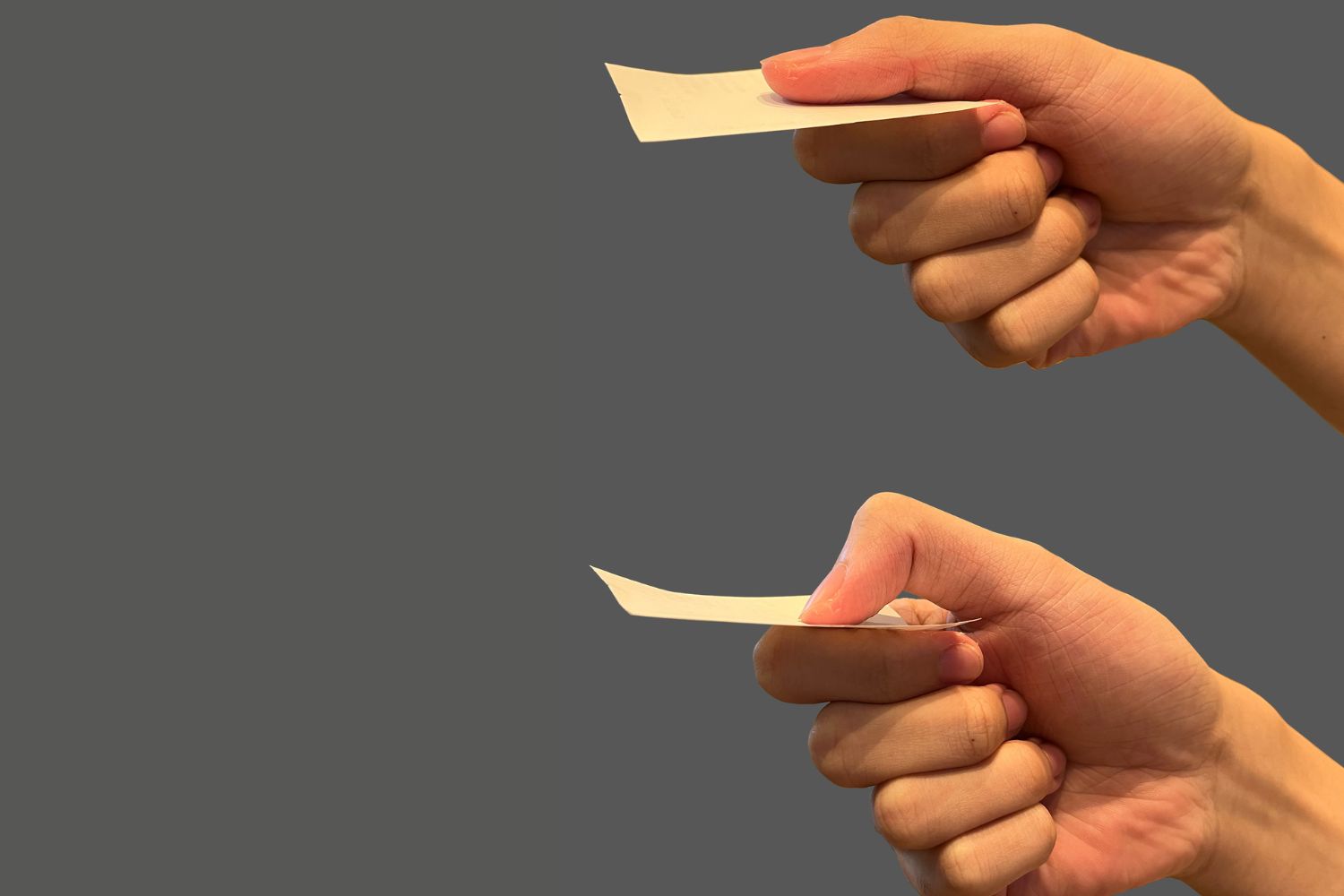
Froment's Sign is a clinical test used to detect ulnar nerve dysfunction. This simple yet effective test involves asking a patient to hold a piece of paper between their thumb and index finger while the examiner tries to pull it away. If the patient compensates by flexing the thumb's interphalangeal joint, it indicates a positive Froment's Sign. This test is particularly useful for diagnosing conditions like cubital tunnel syndrome or ulnar nerve palsy. Understanding Froment's Sign can help in early detection and treatment of nerve issues, ensuring better outcomes for patients. Ready to learn more? Let's dive into 50 fascinating facts about Froment's Sign!
Key Takeaways:
- Froment's Sign is a test for hand nerve issues. It helps doctors find problems early and plan treatments. It's named after a French doctor and can diagnose conditions like cubital tunnel syndrome.
- Understanding Froment's Sign can help prevent muscle atrophy and guide treatment plans for nerve injuries. It's useful in post-surgical assessments and can indicate the severity of nerve damage.
What is Froment's Sign?
Froment's Sign is a clinical test used to diagnose ulnar nerve dysfunction, particularly affecting the adductor pollicis muscle. This test helps doctors identify issues with hand muscles and nerves.
- Named after French neurologist Jules Froment.
- Commonly used in neurology and orthopedics.
- Helps diagnose conditions like cubital tunnel syndrome.
- Involves holding a piece of paper between thumb and index finger.
- Positive sign indicates weakness in the adductor pollicis muscle.
How is Froment's Sign Performed?
Performing Froment's Sign is straightforward but requires careful observation. Here's how it's done:
- Patient asked to hold a piece of paper between thumb and index finger.
- Examiner tries to pull the paper away.
- Positive sign: thumb flexes at the interphalangeal joint.
- Indicates compensation by the flexor pollicis longus muscle.
- Test can be done on both hands for comparison.
Why is Froment's Sign Important?
Understanding the significance of Froment's Sign can help in early diagnosis and treatment of nerve issues.
- Early detection of ulnar nerve dysfunction.
- Helps prevent further muscle atrophy.
- Guides treatment plans for nerve injuries.
- Can indicate severity of nerve damage.
- Useful in post-surgical assessments.
Conditions Diagnosed with Froment's Sign
Froment's Sign is not just for one condition. It helps diagnose multiple issues related to the ulnar nerve.
- Cubital tunnel syndrome.
- Ulnar nerve entrapment.
- Guyon's canal syndrome.
- Leprosy-related nerve damage.
- Traumatic nerve injuries.
Anatomy Behind Froment's Sign
Understanding the anatomy involved can clarify why Froment's Sign is effective.
- Ulnar nerve innervates the adductor pollicis muscle.
- Adductor pollicis muscle helps in thumb adduction.
- Flexor pollicis longus muscle compensates in dysfunction.
- Interphalangeal joint flexion indicates muscle weakness.
- Ulnar nerve runs from the neck to the hand.
Clinical Relevance of Froment's Sign
The clinical relevance of Froment's Sign extends beyond just diagnosis.
- Helps in monitoring nerve recovery.
- Assists in evaluating effectiveness of treatments.
- Useful in physical therapy assessments.
- Can be part of routine neurological exams.
- Helps in differential diagnosis of hand conditions.
Historical Background of Froment's Sign
The history behind Froment's Sign adds depth to its clinical use.
- Discovered by Jules Froment in the early 20th century.
- Initially used for diagnosing leprosy-related nerve damage.
- Expanded to other ulnar nerve conditions over time.
- Froment's contributions to neurology are well-recognized.
- Sign remains a staple in neurological examinations.
Limitations of Froment's Sign
While useful, Froment's Sign has its limitations.
- Not definitive for all ulnar nerve issues.
- Can be influenced by patient effort.
- Requires experienced examiner for accurate results.
- May need supplementary tests for confirmation.
- Not useful in early stages of nerve dysfunction.
Alternative Tests to Froment's Sign
Other tests can complement or substitute Froment's Sign.
- Tinel's sign for nerve irritation.
- Phalen's test for carpal tunnel syndrome.
- Electromyography (EMG) for muscle activity.
- Nerve conduction studies for nerve function.
- MRI for detailed nerve imaging.
Treatment Options for Positive Froment's Sign
A positive Froment's Sign can lead to various treatment options.
- Physical therapy to strengthen hand muscles.
- Splinting to reduce nerve compression.
- Anti-inflammatory medications.
- Surgical intervention in severe cases.
- Lifestyle modifications to prevent further nerve damage.
The Final Word on Froment's Sign
Froment's Sign is a small but significant indicator in the world of neurology. Named after French neurologist Jules Froment, this test helps diagnose ulnar nerve palsy. When someone can't hold a piece of paper between their thumb and index finger without flexing the thumb, it's a telltale sign. This simple test can reveal much about nerve function and muscle strength in the hand.
Understanding Froment's Sign can aid in early diagnosis and treatment of nerve issues. It's a quick, non-invasive way to check for problems that might need further medical attention. Whether you're a medical professional or just curious, knowing about Froment's Sign adds a useful tool to your knowledge kit. So next time you hear about ulnar nerve palsy, you'll know exactly what Froment's Sign is all about.
Frequently Asked Questions
Was this page helpful?
Our commitment to delivering trustworthy and engaging content is at the heart of what we do. Each fact on our site is contributed by real users like you, bringing a wealth of diverse insights and information. To ensure the highest standards of accuracy and reliability, our dedicated editors meticulously review each submission. This process guarantees that the facts we share are not only fascinating but also credible. Trust in our commitment to quality and authenticity as you explore and learn with us.
